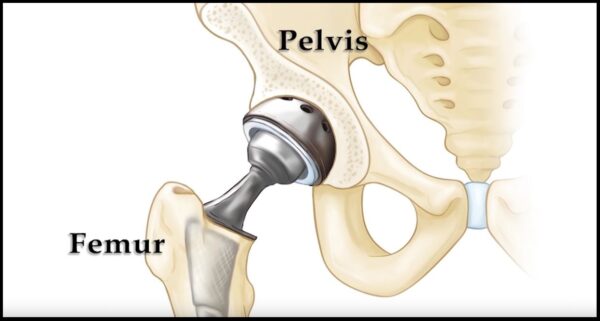Dr. David Crawford – An Insight into Anterior Hip Replacement Procedure and Its Advantages

Hip Replacement Procedure
An anterior hip replacement is a minimally invasive surgical procedure which qualified orthopedic experts to perform on a patient. In this operation, the specialists replace the damaged bones of this individual’s hip joint with suitable prosthetic components. This procedure may be necessary when a patient sustains a hip fracture from an accident or has a bone tumor. Even people experience severe hip pain resulting from osteoarthritis, osteomyelitis, dysplasia, or rheumatoid arthritis may have to undergo this procedure.
Dr. David Crawford – An overview of anterior hip replacement surgery
Dr. David Crawford is a popular orthopedic surgeon from New Albany, Ohio. He is a graduate of The Ohio State University College of Medicine and has a fellowship in adult reconstruction surgeries. Dr. Crawford has been successful in completing his residency from Madigan Army Medical Center and Harborview Medical Center. He has the distinction of serving as orthopedic clinic chief with the US Army’s 160th Special Operations Aviation Regiment (SOAR). He specializes in the treatment of diseases affecting muscles, joints, bones, and hip preservation surgery. His area of expertise also extends to the treatment of sports injuries, degenerative disorders, infections, birth defects, and tumors.
What does anterior hip replacement surgery involve?
Dr. Crawford explains qualified orthopedic surgeons specializing in anterior hip replacement procedures first ask their patients certain important questions. These include their previous medical history, allergies to food items, medication they currently taking, and any problems with anesthesia. Then these specialists explain all the stages of the operation to their patients. In doing so, the experts also highlight the potential risks factors of the surgery. These include possible injuries to nerves, infections, blood clots, bleeding, and bone dislocations. The surgeons then proceed to conduct an X-ray, MRI scan, and electrocardiogram to check their patients’ vital organs.
During the procedure, the orthopedic surgeons first administer anesthesia to their patients. Then the specialists go to sterilizing these individuals’ hip region and cover the area with drapes. After this, the medical experts proceed to make an incision in front of the patients’ hip. The surgeons move all muscles and surrounding tissues aside until they see bones of the hip joint. They then remove the ball of the hip joint, the damaged bones and relevant cartilage from patient’ thigh and pelvic region. The surgeons attach the prosthetic parts into the ball of patients’ thigh bone and the socket of their pelvic bones. Once the surgeons are sure everything is their right places, they stitch up the incisions.
Dr. Crawford further points out the following three advantages of undergoing an anterior hip replacement procedure for patients:
- They experience less discomfort during the surgery;
- The recovery time of this procedure is short; and
- Fewer restrictions on their activities after the procedure is over.
Dr. David Crawford carifies undergoinganterior hip replacement surgery can give a new lease of life to patients suffering from severe hip pain. The procedure involves replacing the damaged bones and surrounding cartilage in their hip region with suitable prosthetic parts. This increases the mobility of their hip region. The operation has its share of risks like the possibility of bleeding, infections, bone injuries, and blood clot. Fortunately, the patients suffer less discomfort during the operation, the recovery time is short, and they have fewer post-procedure restrictions.




